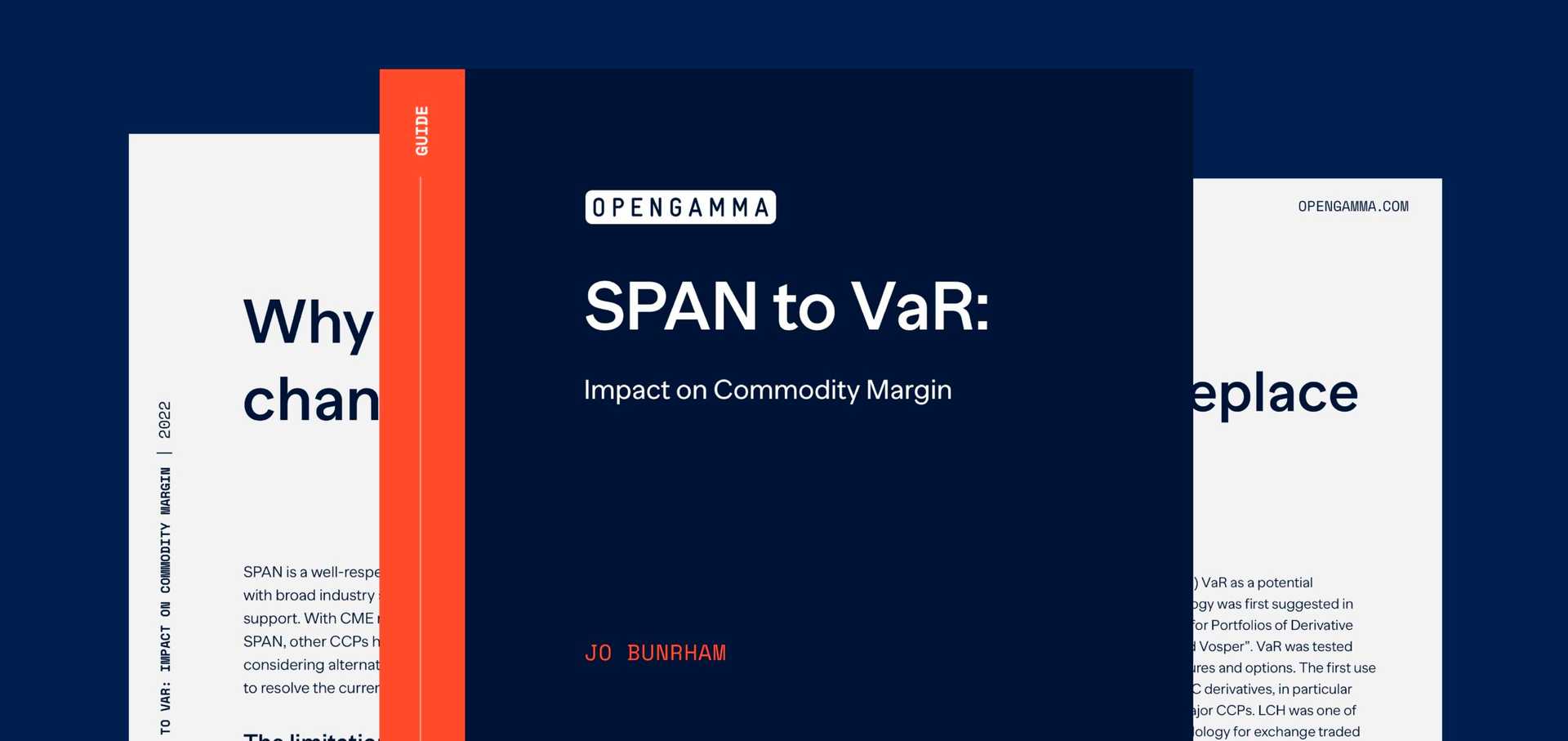ICE Clear U.S. Moving To VaR With IRM 2.0
ICE Clear U.S are next on the list move to a VaR based algorithm for ETD products with their upgrade from IRM 1.0 to IRM 2.0
A lot of focus recently has been on the CME move from SPAN to SPAN 2, but they are not the only CCP busy working on their implementation of a VaR based algorithm for ETD products. ICE Clear U.S are next on the list, in fact they are actually going to go live before CME.
IRM 1.0 was the ICE rebrand of their SPAN based algorithm. IRM 2.0 is a VaR methodology that also includes a liquidity component. This should provide all the benefits expected of a VaR based algorithm, such as more accurately reflecting the offsets between contracts.
The plan for the ICE upgrade has changed over time, impacted by both gaining regulatory approval but also delays caused by Covid. The original plans were for Interest Rate products on ICE Clear Europe to lead the way, with a planned go live date of the first half of 2020. This has now been put on hold, and the first product grouping to upgrade will be Index Futures cleared at ICE Clear U.S. at the start of next year.
ICE have stated that IRM 2.0 will subsequently be rolled out to other ICE product groupings and CCPs, so it is likely that it won’t be long before the plans for the Interest Rate product move are revived.
What should firms be aware of ahead of the go live?
- If you trade more than just Index products at ICE U.S., then you are going to need to support multiple margin algorithms, including the new IRM 2.0. The Agriculture, Credit, FX, Metals and Digital Assets markets will continue to be margined under IRM 1.0.
- With the SPAN based IRM 1.0, margin parameters are only changed following a review. These will usually occur monthly unless there have been major market moves. With the VaR based IRM 2.0, margin requirements will change daily, impacted by both changes in volatility and any new large price movements.
- The margin levels will be different for long and short positions, based on the historic scenarios used in the VaR calculation. Given that there are more big drops than rises in index levels, it is likely that requirements on long positions will be higher, but margin on short positions could be lower than those currently calculated.
- Margin levels may also be lower for spread positions between different indices. However, as there will no longer be a defined savings parameter the level of this margin will be less predictable.
There is not long until the margin on ICE Clear U.S. Index products changes. Firms need to ensure that they have the ability to continue to calculate margin when IRM 2.0 goes live. And even before that, they should analyse the impact that the change is going to have on their margin. Depending on the portfolio, there could be a big change in requirements, either up or down. Firms need to ensure that they will have the appropriate funding in place to cover the new margin requirements.



